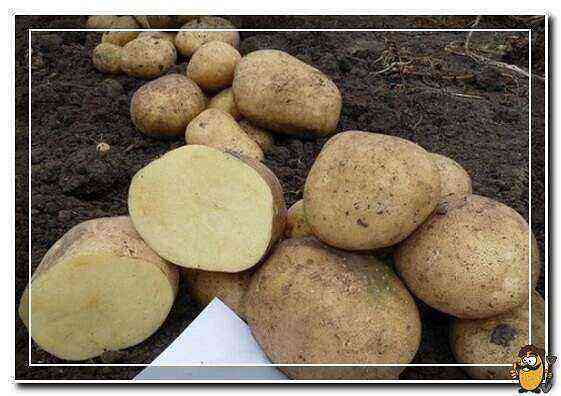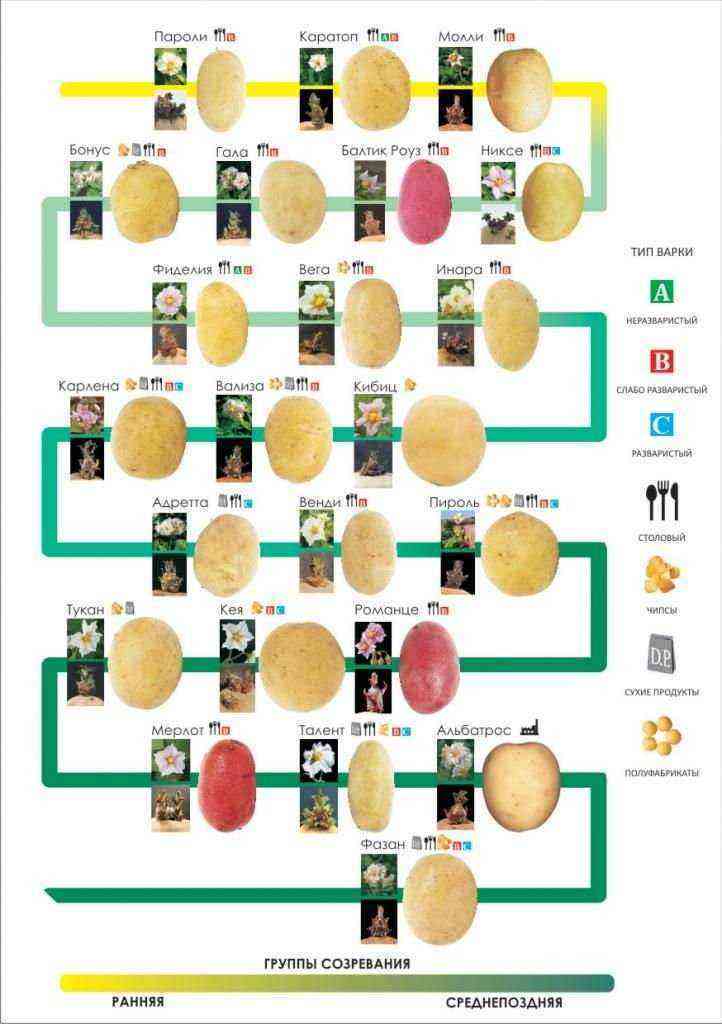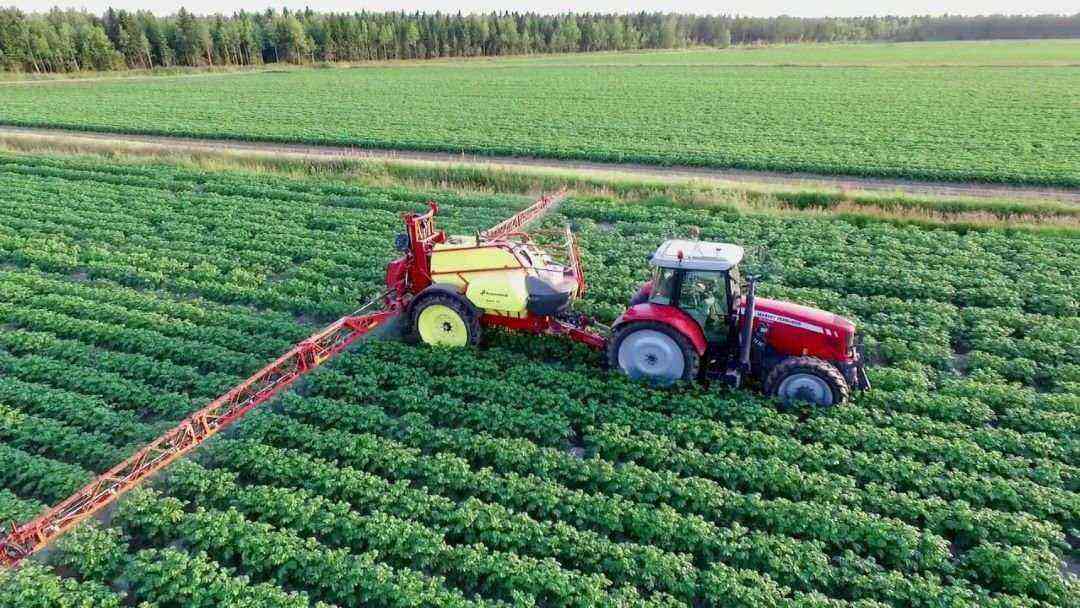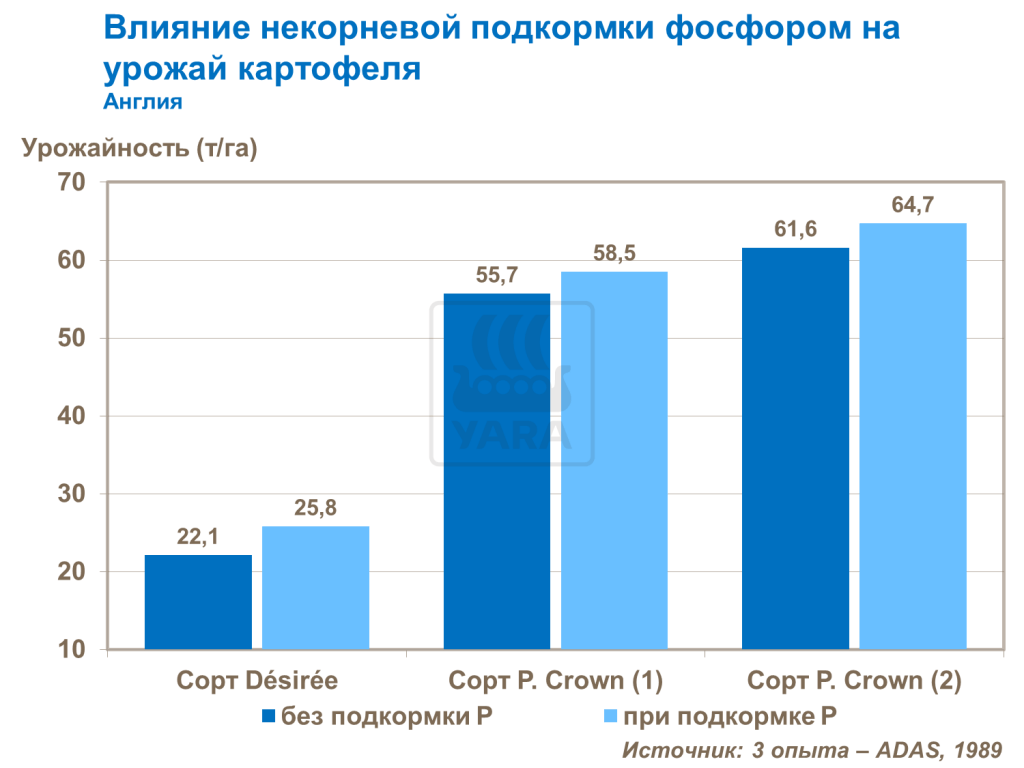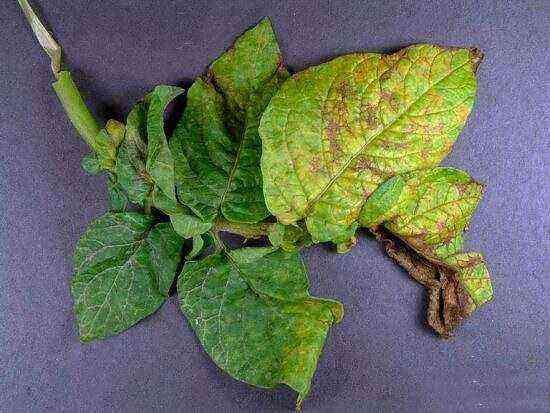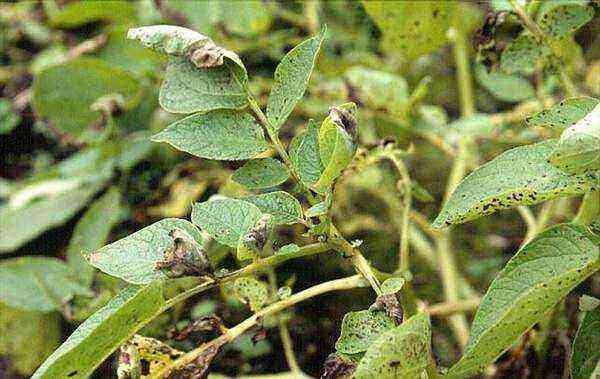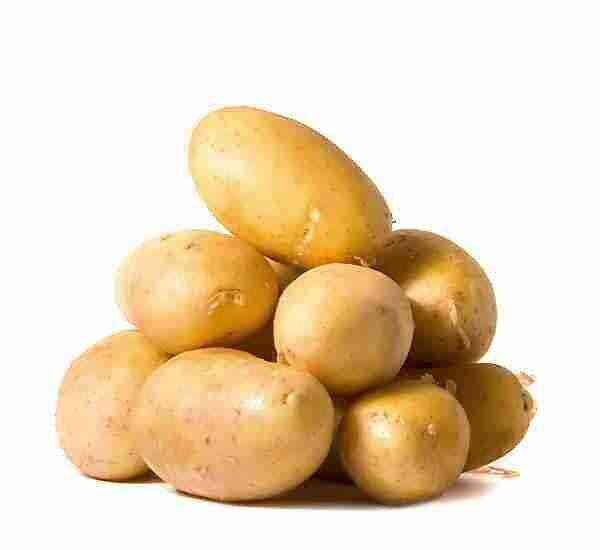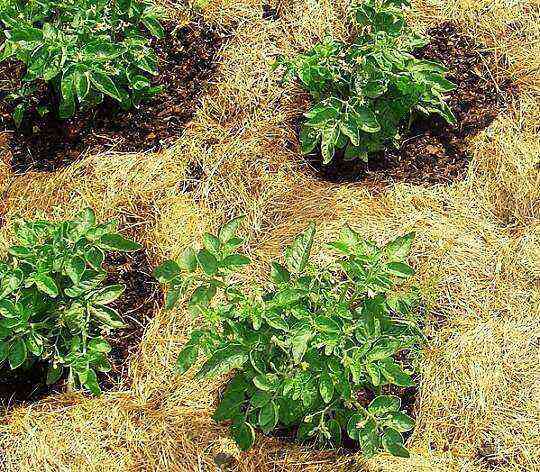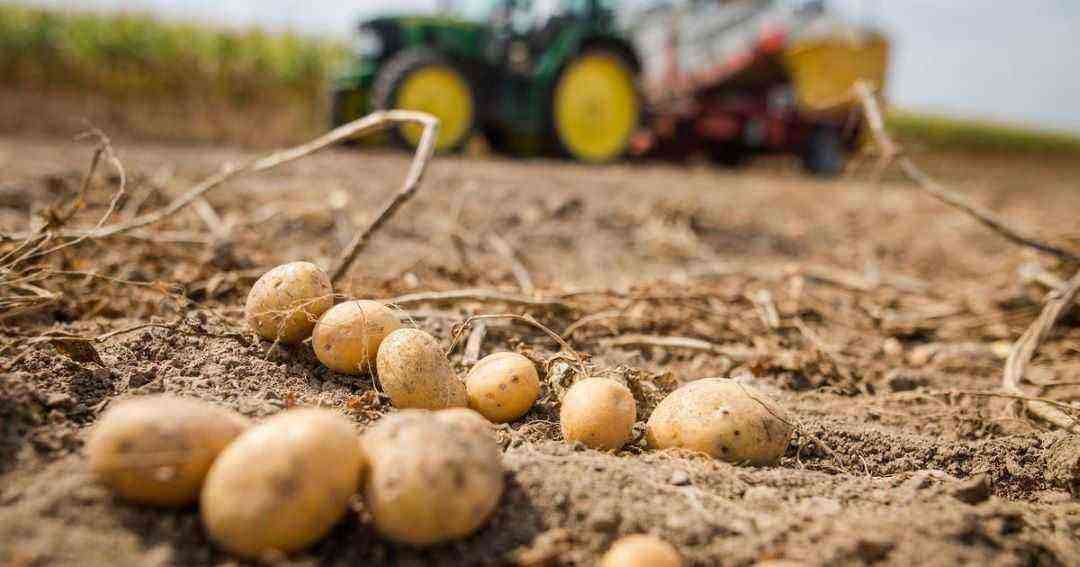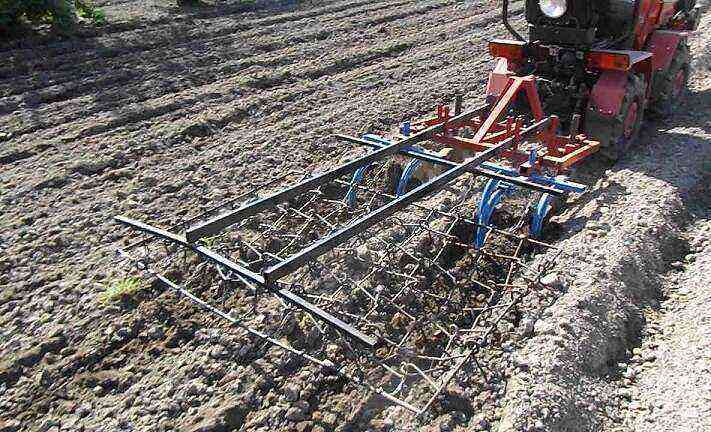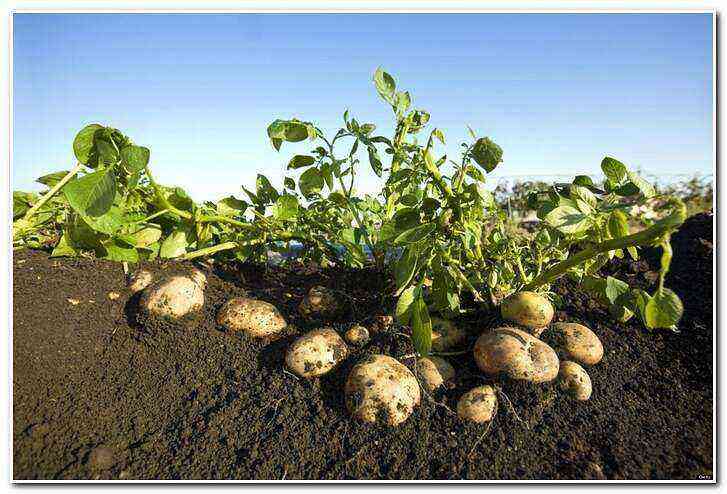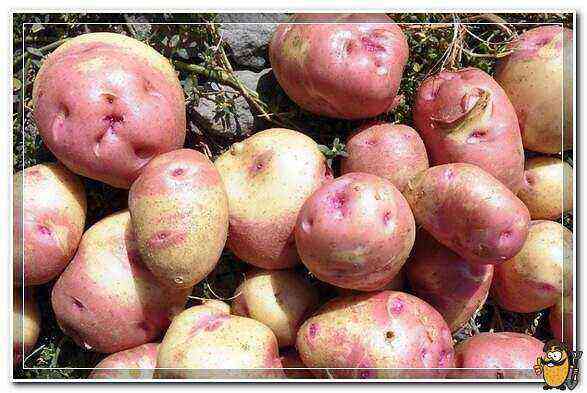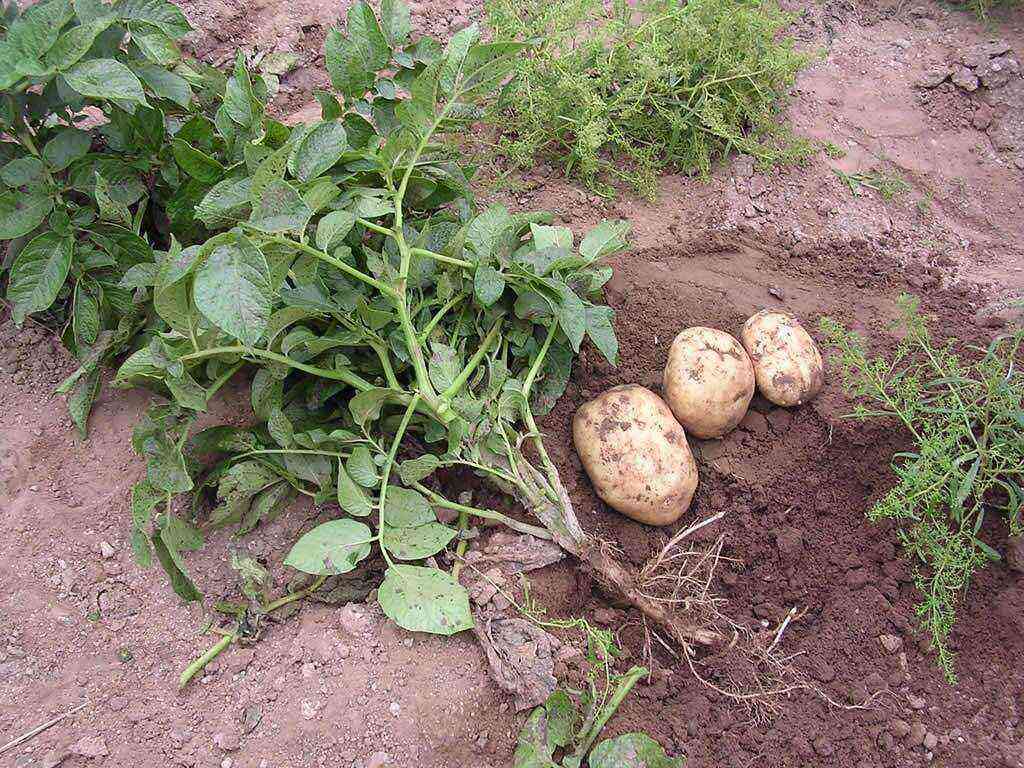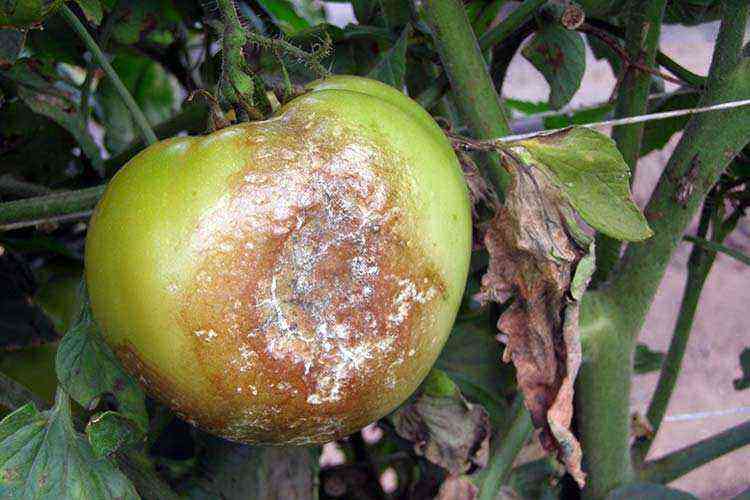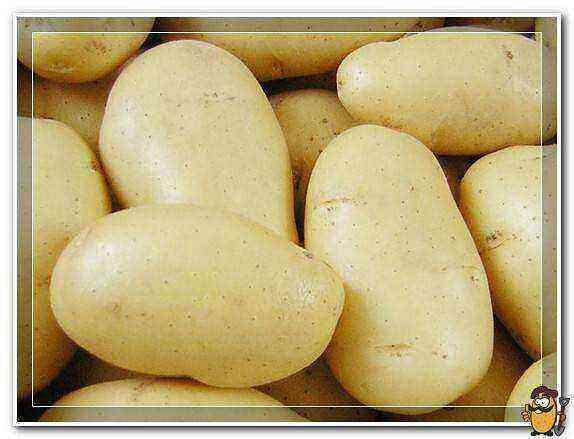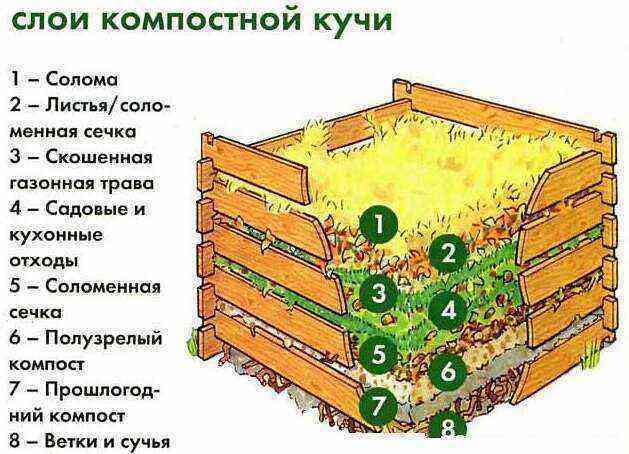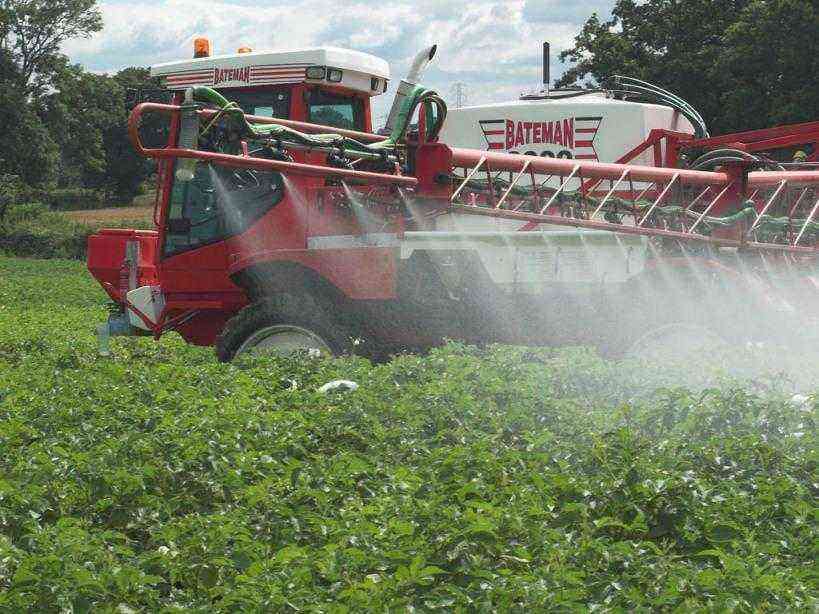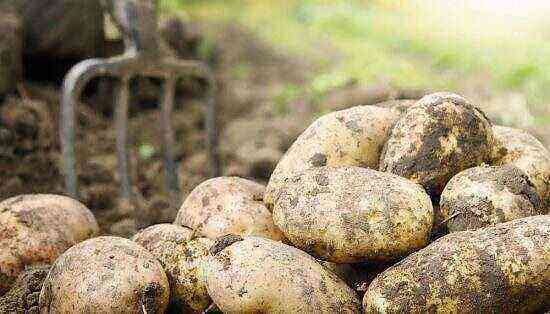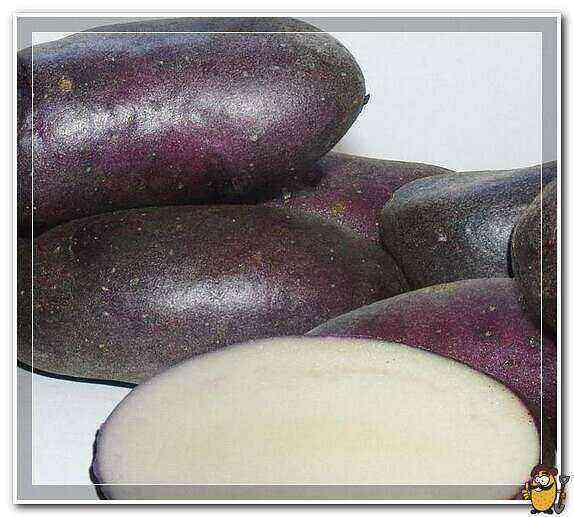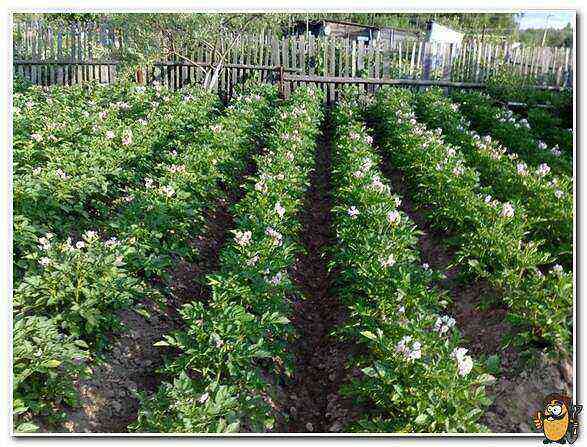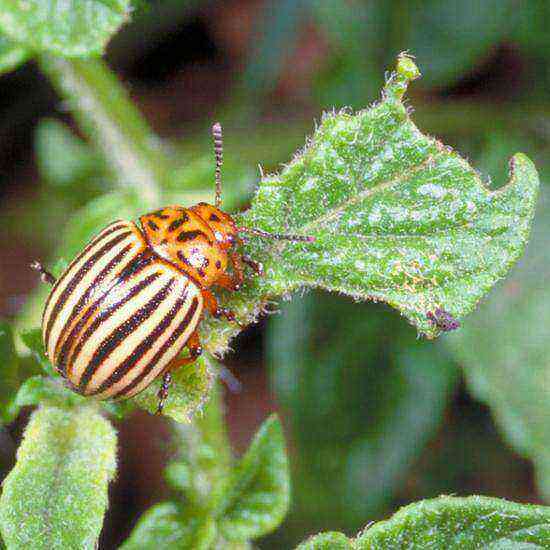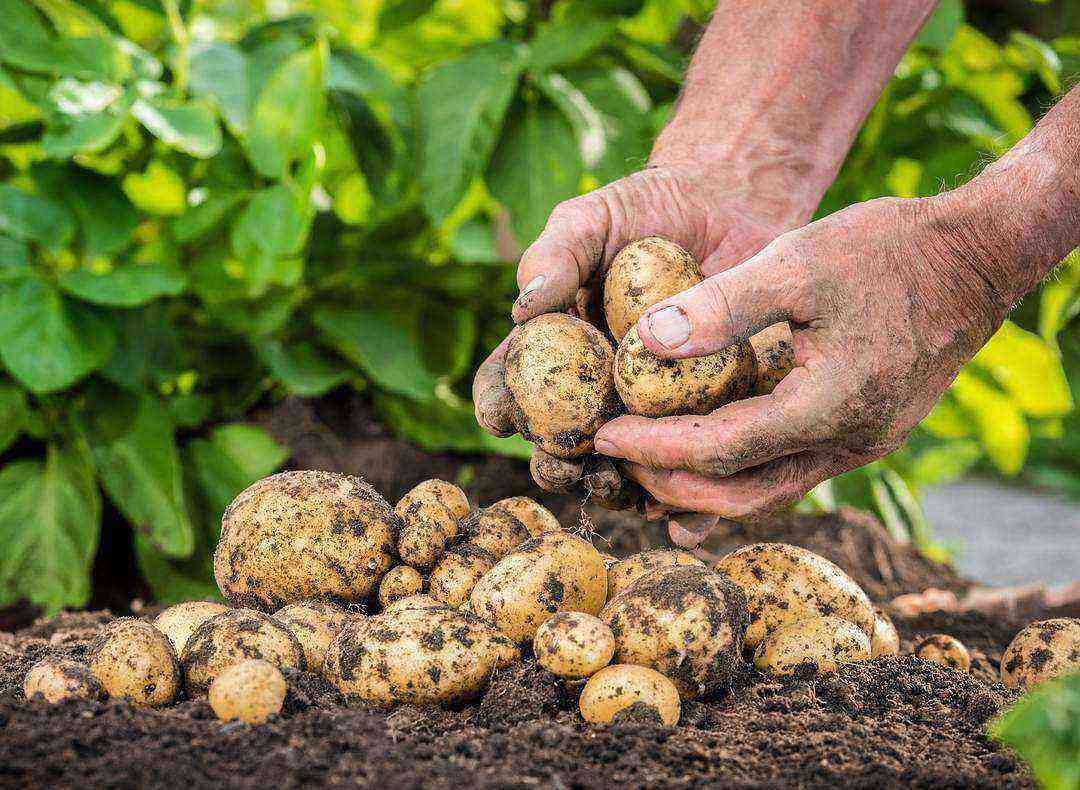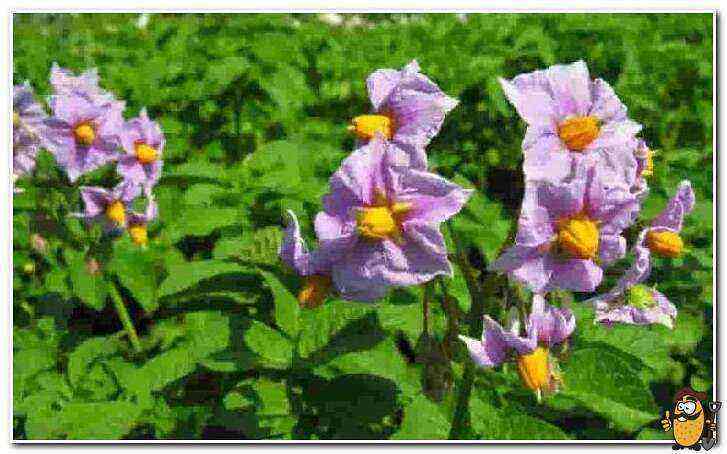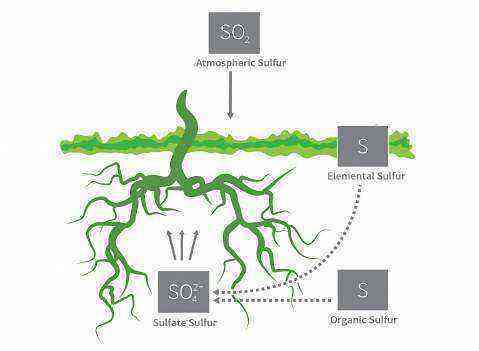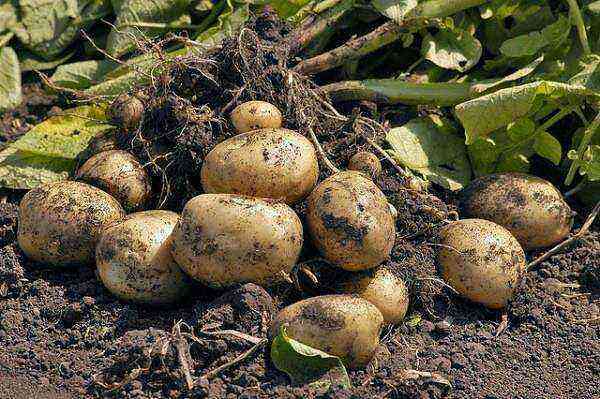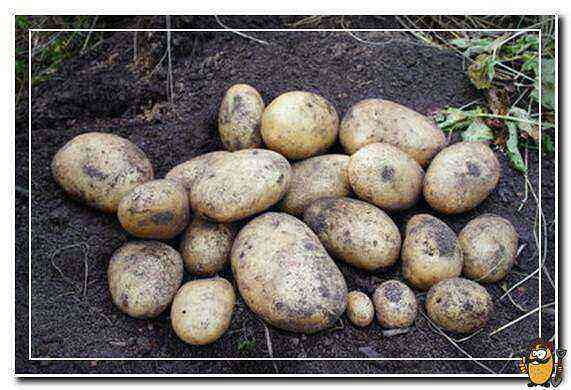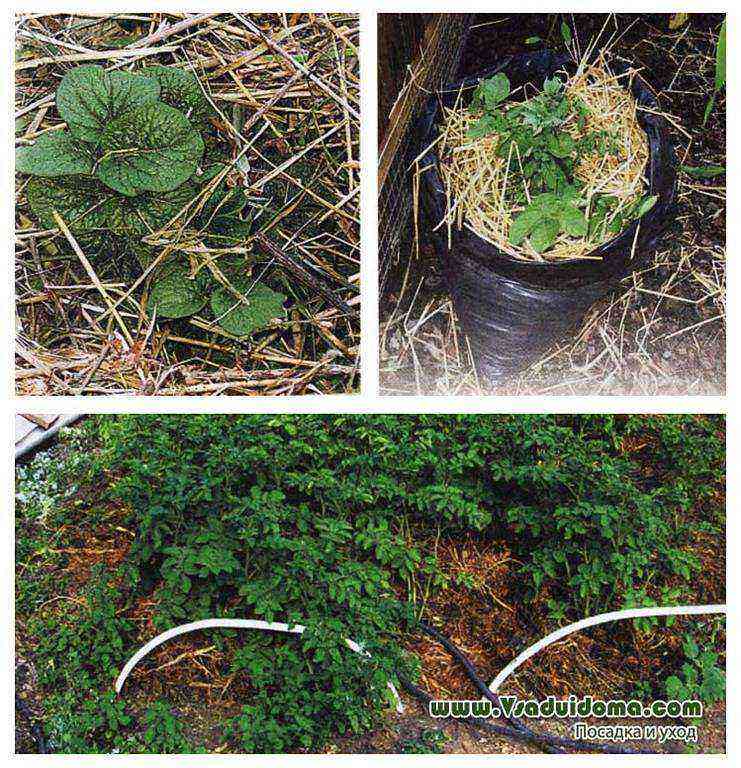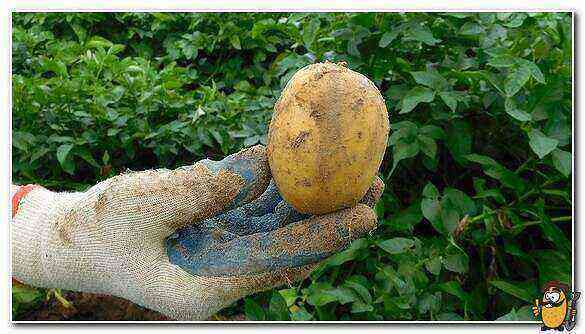Potato cancer
Meaning: Cancer of potatoes, in principle, has less effect on the potato crop, more problems arise with the observance of strict instructions for dealing with it, especially when you produce planting material or want to export potatoes. The cultivation of potatoes in the affected areas is prohibited.
Symptoms of defeat: The tuber build-up looks like a cauliflower. They can range in size from a few millimeters to tubers. The growths mostly appear from the eyes. Large growths are very easily broken off by the harvesting machines and remain in the field. The growths, which are light yellow at first, then turn brown, rot and disintegrate. In very unstable varieties or when severely infested, outgrowths can grow on the soil surface between the stems when they are green.
Conditions of defeat: Pathogen in the soil; very narrow crop rotation; cultivation of unstable varieties; seed material of unknown origin; wet weather (sprats can move when there is a film of water in the soil).
Control measures: Attention to full-fledged crop rotation in areas where there is a risk of cancer, saturation with potatoes in the crop rotation is no more than 25 percent. Application of certified planting material. Cultivation of resistant varieties. Pay attention to cleaning the working bodies of the machines. Chemical methods of struggle are impossible.
Powdery scab
Meaning: Significant harm caused by this fungus can only be when grown in cool and humid conditions. This can be the case when cultivated in very damp weather, but in household plots with frequent potato cultivation and good irrigation, the disease can also appear.
Symptoms of defeat: Initially, small wart-like bumps appear on the peel, which then increase, darken and eventually crack. Together with this, the brown-black spore mass contained inside becomes free and flies out or is washed out by sediments. The remaining ulcers of various sizes and depths are surrounded by the remnants of a torn star-shaped peel. On heavy soils in damp years, the symptoms of damage are even more striking. Tubers develop with completely accrete formations, with partially deep ulcers, which create favorable conditions for secondary infection. The roots and stolons may have small, white, jelly-like formations. Symptoms of severely affected tubers differ from cancer in that they do not have cauliflower-like growths; from common scab, because it does not have such a spore mass.
Conditions of defeat: Narrow potato crop rotation; cool and humid conditions; on backyard plots, the remains of affected tubers, the peel spreads through compost heaps.
Control measures: Compliance with the correct crop rotation; destruction of infected tubers; cultivation of proven seed material.

